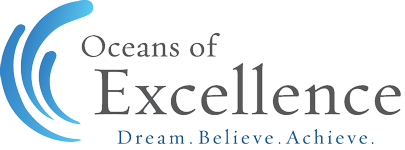
by Dr. Manoj Chandra Handa | Aug 12, 2014 | Gifted Students
“If you give a man a fish, you feed him for a day.If you teach a man to fish, you feed him for a lifetime.” – Confucius (551-479 BC) Self-regulated study is the most frequently recommended instructional strategy in programs for gifted students as a means for differentiating and individualizing instruction (Clark, 2013; Colangelo & Davis, 2003; Davis & Rimm, 1998; Feldhusen, VanTassel-Baska, & Seeley, 1989; Gallaghar & Gallaghar, 1994). Independent study is also preferred by gifted students (Dunn & Griggs, 1985; Stewart, 1981). However, while gifted students like instructional strategies that emphasise independent study and discussion, they do not always have the necessary skills that are essential to self-directed learning. Once they acquire the critical independent strategies, gifted students are able to become lifelong learners, capable of responsible involvement and leadership in a changing world (Betts, 1985). Johnsen and Goree (2009) define independent study as a planned research process that (a) is similar to the one used by a practising professional or authentic to the discipline; (b) is facilitated by the teacher; and (c) focuses on real world problems that go beyond the regular class setting. Keighley (2003) points out that five interdependent components are essential to student motivation and achievement: control, choice, challenge, complexity and a caring teacher. The five C’s, according to Keighley, determine the extent of the students’ engagement in the learning and subsequent productivity. Steps in Independent Study Johnsen and Goree (2009) suggest nine steps that might be used in independent study. All of the steps may or may not be used in every independent study since the teacher and student may already have defined...



Recent Comments